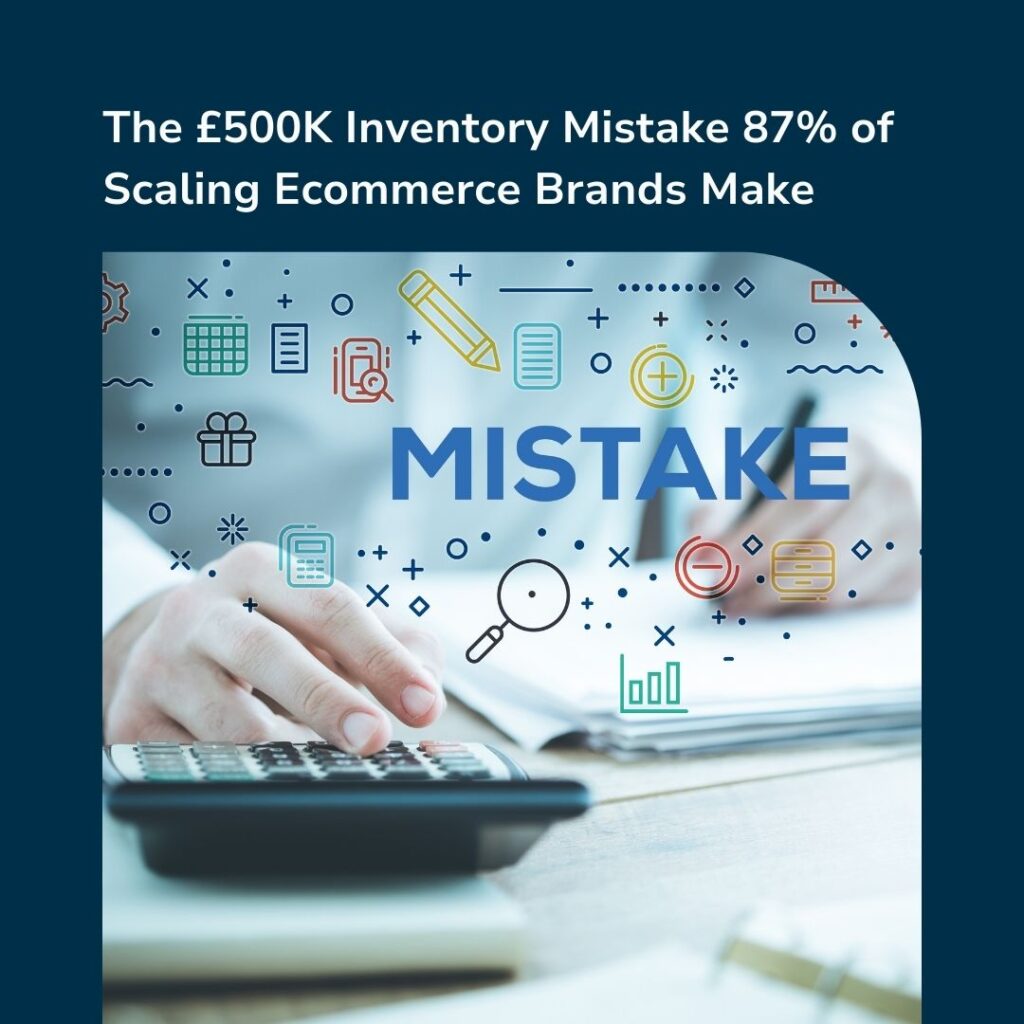Whether you’re a webmaster, marketer, company owner, or someone who wants to share their enthusiasm with the digital world… Google is the most powerful online tool available to you, and you should be taking advantage of it.
To get the most out of Google, you must first grasp the platform’s numerous algorithms for processing web pages before displaying search results.
This will assist you in climbing those search rankings and increasing your website’s organic traffic. Google is forever working to improve the user experience of its search engine, and their 2011 update, Google Panda was an algorithm designed to penalise websites that are low-quality and provide a poor user experience.
In this blog post, we will discuss everything you need to know about Google Panda!
What is Google Panda and What Did It Impact?
The Google Panda algorithm is a complex ranking system that aimed to reward websites that provide high-quality material by showing them the search engine summit.
In contrast, placing sites with thin and low-quality content in the depths of hell at the bottom of search engine results pages.
For users, it’s simple to identify low-quality content that provides little value when they arrive at a website’s homepage.
For search engines, however, this is a whole new ballgame, hence why Google Panda was created.
Google doesn’t usually give a black-and-white guide telling you how things work when they roll out an update.
They do, however, provide some insight into what they consider to be a high-quality site.
And knowing what they’re searching for can help you figure out what to include—and avoid—when creating your website and its individual pages.
The following are some of the factors that will made sites vulnerable to Panda:
- Low Quality Content: perhaps one of the easiest things to control, your content needs to provide value, otherwise Panda started to sniff it out and de-rank websites
- Duplicated Content: it won’t take long for Google to discover you if you’re plagiarising content from one page to another on your site. And if Google’s crawlers detect that you’re stealing material from other websites and companies, it de-legitimises your own authority
- Too Many Ads: if your page is stuffed with ads, it won’t be useful or serve a purpose
- Little or no links: you need reputable and high-ranking sites linking to you, and you need to also link to sites of high quality
- Keyword Stuffing: once an effective way to rank on Google, keyword stuffing is now a big no-no with Google’s crawlers
- Lack of Trust: The poor quality of your site’s design, as well as misspellings and grammatical mistakes, can all suggest that it is a site not to trust
The Importance of Google Panda
The Google Panda Update was significant since it represented the start of a series of “quality control inspections” for search engines.
Its first objective was the so-called “content farms,” which churn out large amounts of material in order to dominate SERPs.
The Panda update’s introduction and implementation significantly improved SERP quality; there was no longer a place for websites that didn’t add any value.
Panda improved the performance of sites with highly informative, relevant content and pages with a low ad-to-content ratio.
Of course, this update encouraged writers to put value first and quality before quantity in their publications, as a result, ensuring optimal user experience.
5 Ways SEO Strategies were Adjusted for Google Panda
Because Panda focused on sites with a low content quality, most of the time, fixing sites for factors that might lead to its downgrade is all you had to do.
As Panda’s goal was to rank high quality websites, the general principles remained the same: you can improve affected pages by:
- Eliminating Duplicate Content: If you have word-for-word material on many of your site’s pages, either delete it or rewrite it. Users will still get the information they want without having to erase an entire page from your site.
- Review User Generated Content: The most common mistake made by site owners vulnerable to Panda is that their writers don’t produce unique material. If you have contributors on your site, be sure they aren’t stealing a copy from somewhere else on the web.
- Ensure Relevance: A user’s query should be a good match for your pages. Make sure that people who visit your site get what they’re looking for.
- Ad-To-Content Ratio: Whilst there’s nothing wrong with featuring some paid ads on your site, nobody enjoys ad-heavy pages. So keep an eye on your ad-to-content ratio; the lower, the better.
- EAT: Expertise, Authoritative and Trustworthiness are the main factors used to determine the overall quality of a particular page. Work on building a strong backlink profile, make sure your content is factually correct, and review and edit your content on a regular basis.
The Bottom Line
In a nutshell, Panda punished bad sites.
Even generally, to be considered among excellent sites, understand what Google is looking for and then make the time to create your site—or make any necessary changes—to meet its requirements.
Making minor modifications can help you keep where you want to be in Google’s rankings: at the top.
In the meantime, take a look at our SEO service here.








